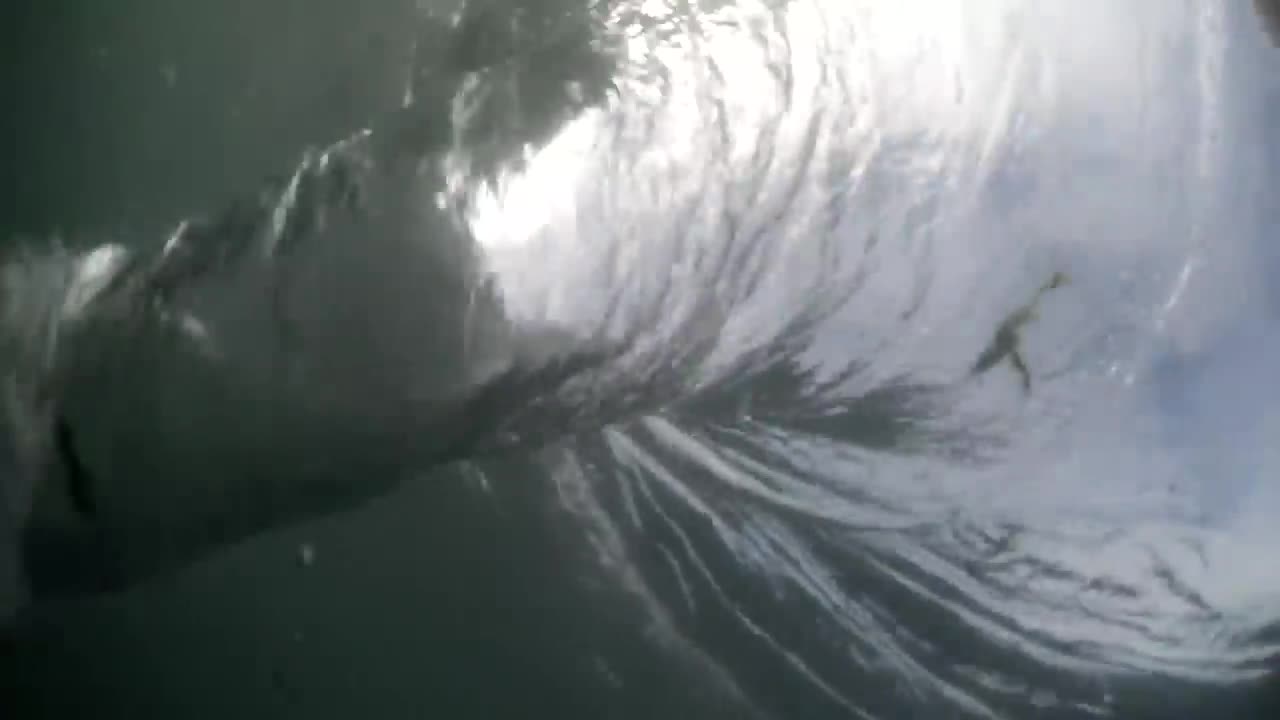Premium Only Content

Swimming with a Whirlpool! (Ocean Whirlpool)
Description
Swimming with a Whirlpool! (Ocean Whirlpool)
171K
Likes
37,616,032
Views
2012
Jun 4
Thank you for subscribing and liking my videos
http://www.youtube.com/user/whirlpool...
Be Awsome and follow on facebook... https://www.facebook.com/Whirlpoolhit...
"Whirlpool"
How to Swim in Rough Conditions
It's windy and raining time to postpone the triathlon? Not likely. Sooner or later, you're going to be swimming in rough water. But don't fret: An ability to manage waves can ultimately be an advantage. If you're adept at battling waves, it could be a significant upper hand against less wave-resilient opponents. And, if you ever need to breaststroke away from a shipwreck, a healthy ability to navigate stormy seas could end up being a real lifesaver.
To start, you're going to need to know how to breathe. In the open water, however, an incorrect breathing style could quickly leave you with a stomach full of salt water. That's why open water swimmers need to coordinate breathing with the conditions. If waves are coming in from your right, breathe left. If blinding sun is coming in from your left, breathe right. This might be trickier than you think, especially if you've spent years in the pool breathing to only one side. Before you tackle rough water, go to a pool and swim a few laps while breathing only on the side that you find least comfortable [source: Murphy]. In rough weather, waves, wind and spray also mean that you'll have less of a window in which to pull in air -- so be sure to make every breath count. Right before surfacing, exhale all of the air in your lungs. That way, when you come up for air, you'll be able to breathe in more quickly.
Sometimes, instead of battling the waves, it pays to swim under them. If you get hit by a particularly hard wave, you may be forced to dog paddle to recover, wasting valuable energy in the process. By ducking under those waves like a dolphin, you'll avoid getting jostled often and your rough water swims will be much less frustrating [source: Keppeler]. If a wave is relatively small, save energy by simply hopping over it. Or, if it's small enough that you can just crash through it, simply turn sideways and hit the wave with your hip or shoulder. Do it properly, and the wave will simply pass around you.
Warming up before a swim is a good idea in all weather conditions, but it's especially important in rough seas. Get in, splash around, try a test sighting anything that will give you a good idea of water temperature, visibility and current. That way, long before the starting gun goes off, you'll be able to adjust your goggles, suit and swim plan as
-
 1:48
1:48
DVD Menus
2 years agoSwimming with Sharks - DVD Menu
1.88K -
 0:58
0:58
TinFlorida
2 years agoSwimming With Manatee
31 -
 2:23:58
2:23:58
Matt Kohrs
13 hours agoRumble's Stock Is EXPLODING!!! || The MK Show
60.9K6 -
 1:57:47
1:57:47
LFA TV
16 hours agoBOMBSHELL FINAL REPORT: BIDEN ADMIN SUPPRESSED WUHAN LAB LEAK | LIVE FROM AMERICA 12.27.24 11am EST
24.8K4 -
 43:07
43:07
Grant Stinchfield
2 hours ago $1.07 earnedWe Built it... China Controls it... Trump Will Take it Back!
7.16K7 -
 35:05
35:05
Rethinking the Dollar
2 hours agoTime to Pay the Piper! Debt Refinance Crisis Coming in 2025
17K1 -
 52:34
52:34
PMG
15 hours ago $2.87 earnedHannah Faulkner and Steve Friend | EXPOSE THE FBI CORRUPTION - KASH PATEL
12.1K8 -
 2:58:58
2:58:58
Wendy Bell Radio
8 hours agoOn Day One
80.4K73 -
 1:59:27
1:59:27
Jeff Ahern
5 hours ago $3.86 earnedFriday Freak out with Jeff Ahern (6am Pacific)
29.9K1 -
 1:56:07
1:56:07
Game On!
13 hours ago $1.66 earnedJosh Allen is the NFL MVP! It's not even close!
22K2